Textile-garment sector targets sustainable growth

In the first half of 2013, the textile and garment sector imported over $6.5 billion in materials and accessories, around a 20 per cent jump against the same period in 2012. Of this, imports to feed export production came to $5.3 billion, a surge of 21 per cent.
The import value of cotton leapt 33.7 per cent to $595 million, while yarns and fibers reached $741 million with cloth at over $4 billion.
The 20 per cent surge in import costs only reflected a 16.8 per cent boost to the sector’s total export value which reached $7.98 billion.
The figures reflect a relatively close gap between imports and exports despite fairly high export growth.
In fact, there has been a stable year-on-year growth in garment production for export and production material imports. Except cotton, which is imported from diverse foreign markets like the US, India and Australia, most of the remainder is sourced from China and Taiwan.
According to the Vietnam Textile and Apparel Association (Vitas) deputy general secretary Dang Phuong Dung, China is the leading materials and accessories supplier for the local textile and garment sector.
High import volumes have led to the sector’s low profit margins, whereas price volatility in the world market has adversely affected firms’ performance.
That was why, despite being the world’s fifth largest garment exporter, Vietnam has just entered the global textile garment production and supply chain since local firms mainly engage in export processing under orders from foreign partners, Dung said
Deputy general director Hoang Ve Dung at Vietnam National Textile Garment Group (Vinatex) said localising production material was a big issue in the textile and garment sector because the only way to boost localisation of production materials and to reduce the sectors large import costs was to strongly invest in material production.
In previous years, calls for investment from both home and abroad in yarn and fiber and textile dyeing projects were met with an unenthusiastic response, mostly because investments into these fields are capital and technology intensive, requiring long-term business strategies.
While low investment costs and a fruitful labour force are two factors charming foreign investors to Vietnam to set up manufacturing bases, most choose to concentrate on export processing, rather than pouring capital into materials and accessories production in the country.
Realising these weaknesses, the Ministry of Industry and Trade is penning Vietnam’s textile garment sector development strategy to 2020, with a vision towards 2030 for submission to the prime minister.
Bolstering the localisation rate through luring investors into materials and accessories production was set to be a top development target while strategic items would be cloth and garment accessories.
What the stars mean:
★ Poor ★ ★ Promising ★★★ Good ★★★★ Very good ★★★★★ Exceptional
Latest News
More News
- Hung Yen develops industrial parks to accommodate investment waves (August 13, 2024 | 17:01)
- Discerning selection helps Vietnam attract high quality FDI projects: minister (August 13, 2024 | 15:32)
- Soc Trang province bagging rosy results (August 12, 2024 | 16:29)
- Cam Ranh ready to become tourism-logistics urban area (August 12, 2024 | 14:15)
- Tra Vinh potential highlighted with local festivities (August 12, 2024 | 13:00)
- Vietnam to create a distinct IFC ecosystem (August 12, 2024 | 10:12)
- Mekong Delta urged to strengthen connectivity to attract FDI firms (August 09, 2024 | 10:54)
- National steering committee on semiconductor industry development established (August 09, 2024 | 10:00)
- Surplus comes on back of import-export advances (August 09, 2024 | 09:44)
- Israeli textile firm to increase investment in Binh Dinh (August 09, 2024 | 09:00)

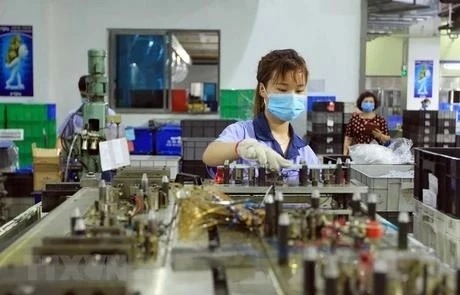

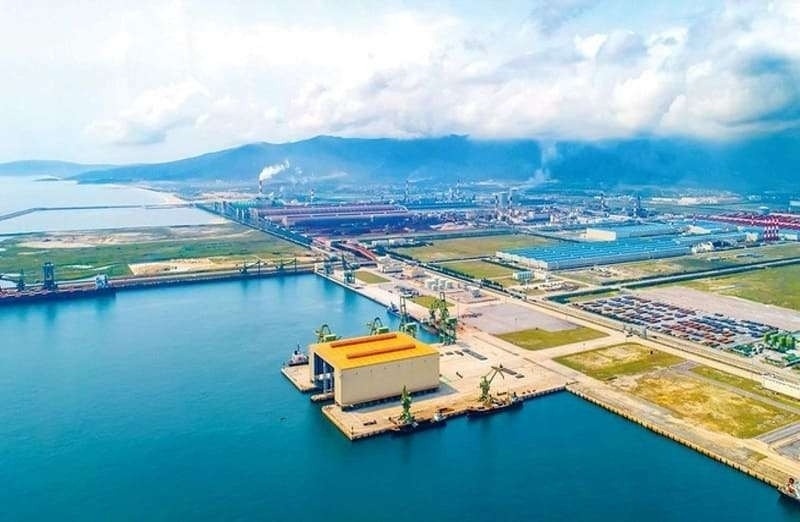
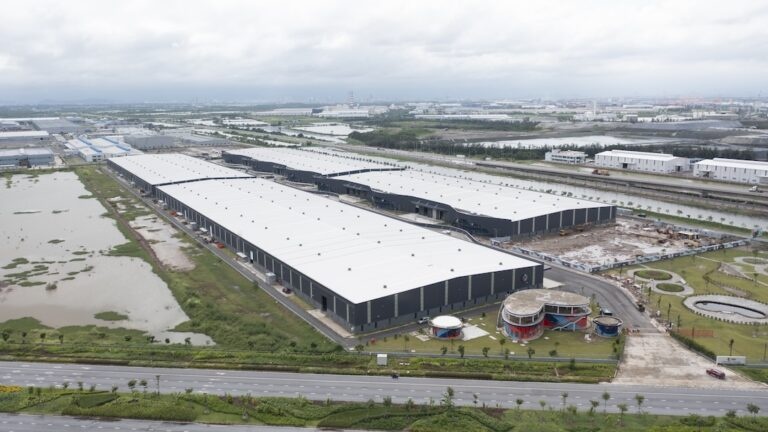
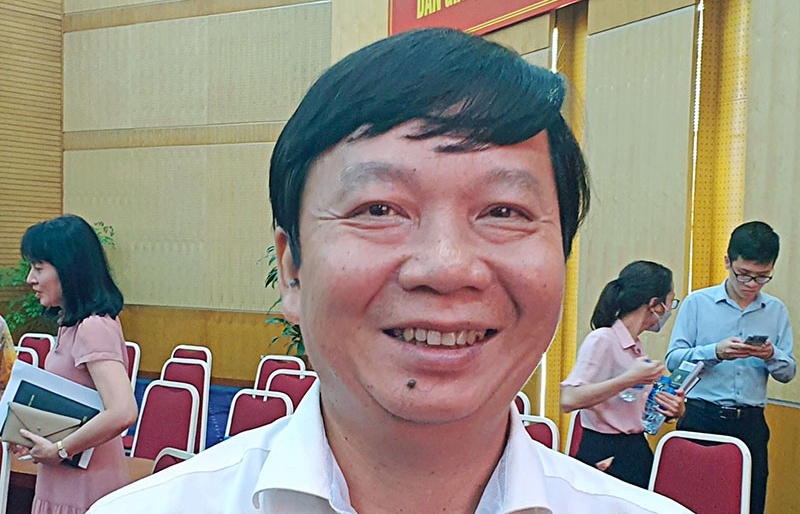
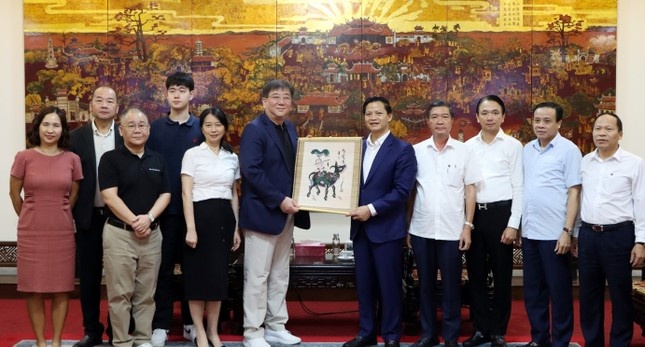

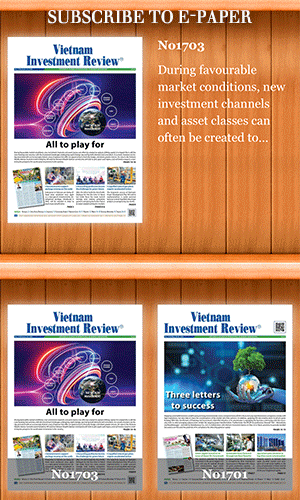


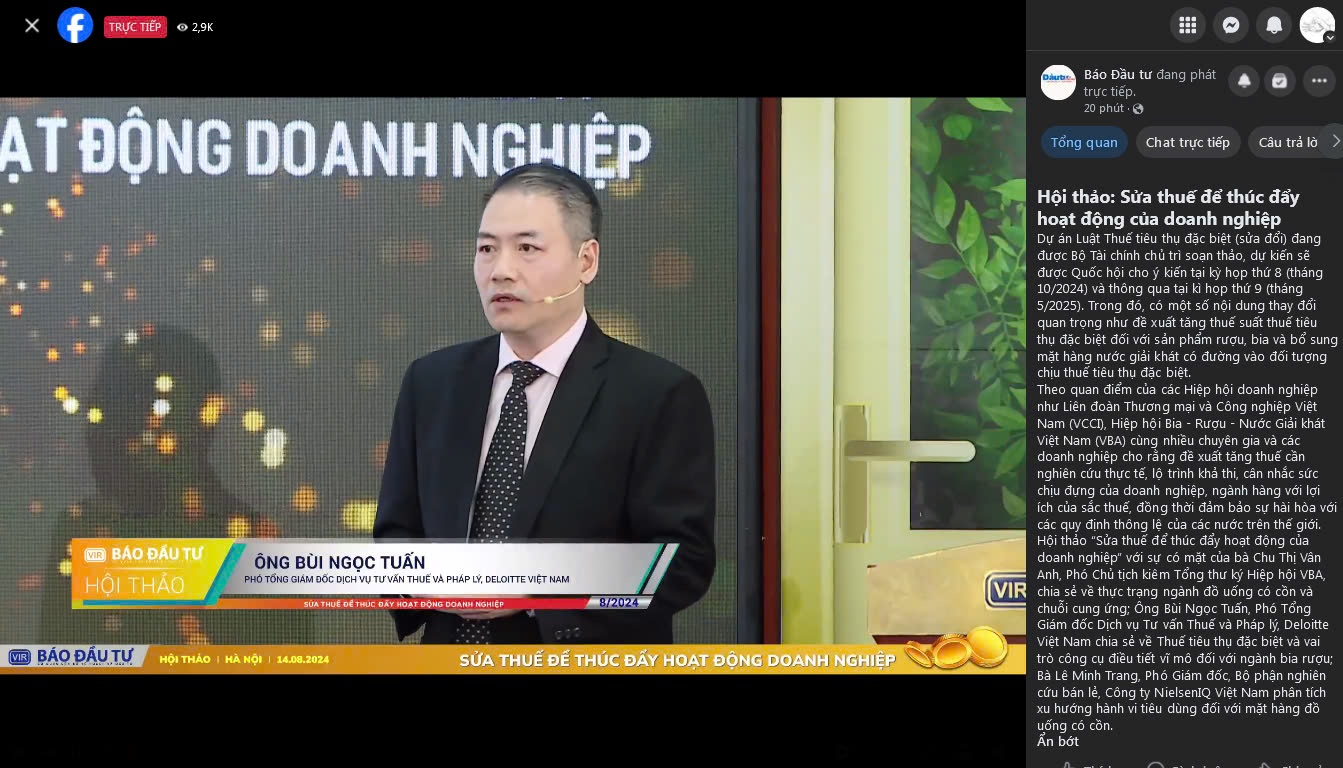
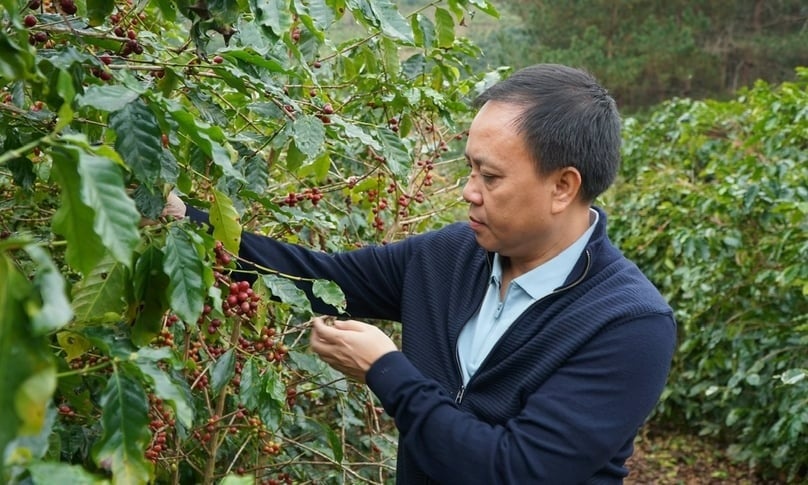
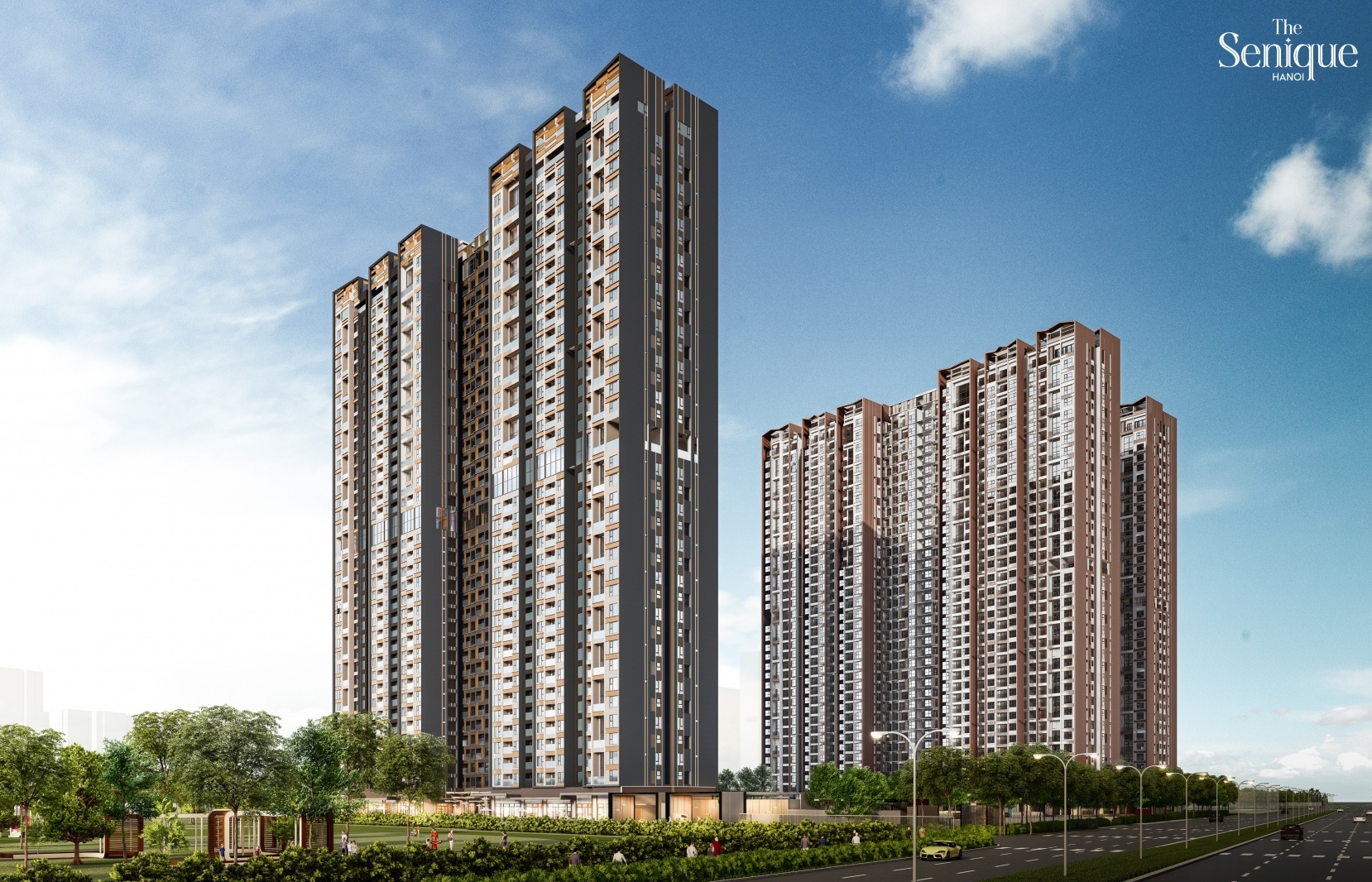
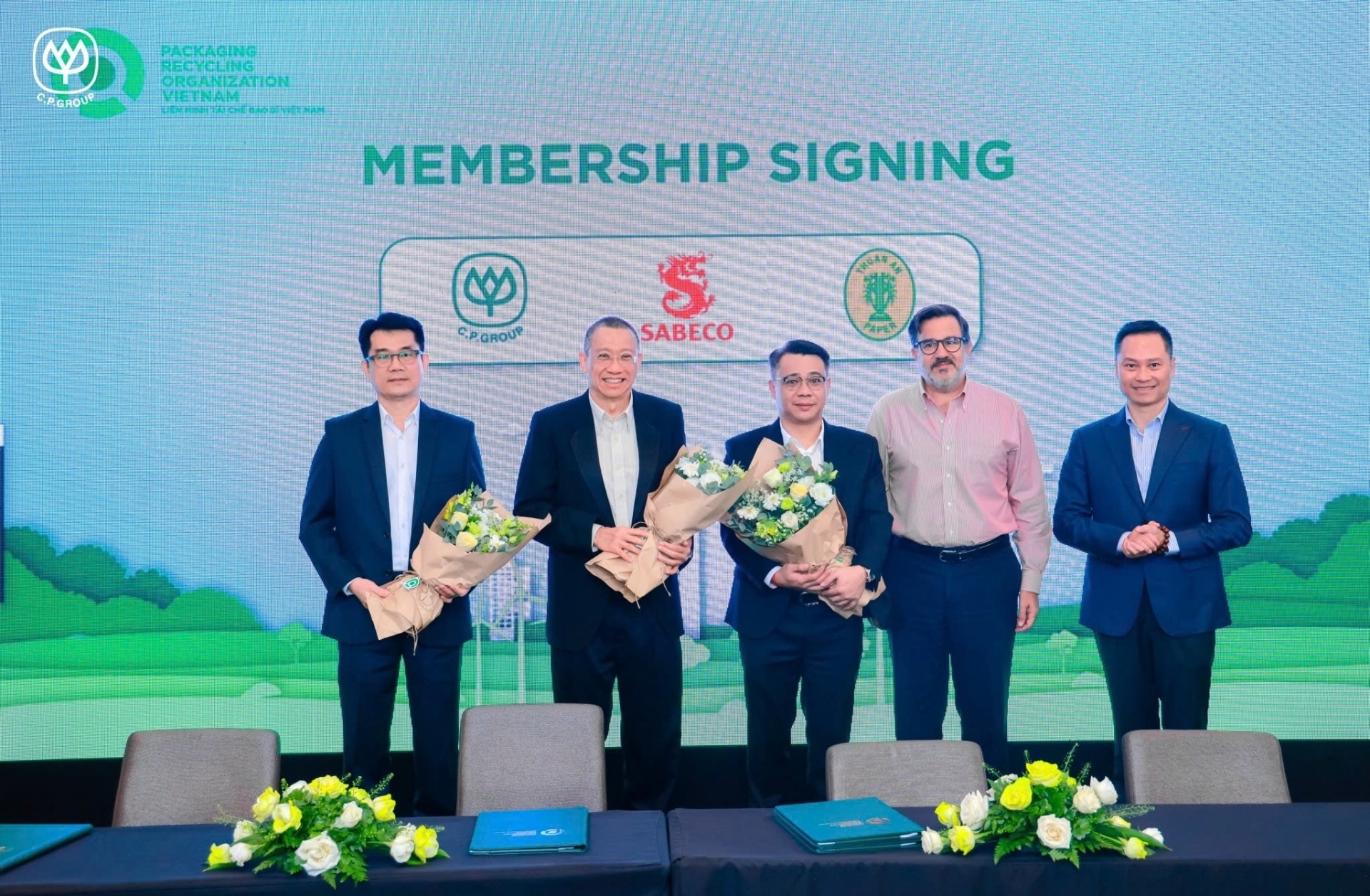



 Mobile Version
Mobile Version